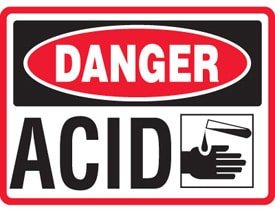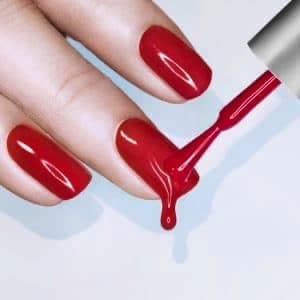
Cosmetics and cancer: what you should know – Health Equals Freedom
Cosmetics and cancer – we love our cosmetics, but just like our relationships, some are toxic whereas others are better for our health!
They promise us beauty, glamour, youthfulness, ‘healthy’ glowing skin. They give us confidence that we look our very best, every day. Is there is a PRICE to pay for this? Yes, there is a very big one – our health.
Sometimes when you apply cosmetics your body gives you warnings immediately. Warnings or symptoms such as itchiness or redness can come up quickly, whereas some take longer and are much more serious.
Cancer – The Cosmetic Cover-up
There are often, hidden symptoms and side-effects packaged within our cosmetics:
Itching, Burning, Allergy, Acne, Headaches, Rashes, Eye Damage, Contact Dermatitis, Inflammation, Asthma, Digestive Upsets, Premature Ageing, Sensitisation, Hair Loss, Depression, Swelling, Eczema, Infertility, Mood Swings, Memory Lapses, Restlessness, Sun Damage, Wrinkles, Psoriasis, Sagging Skin, Pain and,
CANCER!
I, like you, want to look after myself, but this is simply too high a PRICE to pay especially on your health.
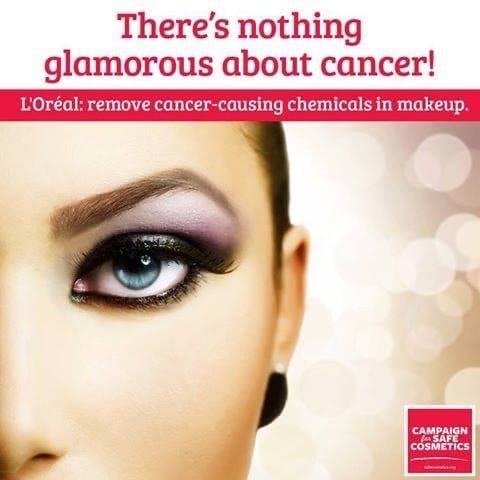
Why is this happening?
The world we live in has become overloaded with chemicals, and our environment, our homes, and more importantly our BODIES have become a place to accumulate them.
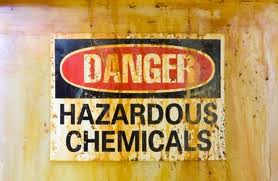
Cosmetics and cancer are linked.
The cosmetic industry uses thousands of synthetic chemicals in its products; in everything from lipsticks, nail polish, lotions, hair spray, shampoos, toothpaste and shaving creams. The danger for us, is that our skin, and eyes, are highly absorbent, which means dangerous chemicals are easily absorbed and can be stored in our body for decades.
A documentary highlighting this topic has recently been released called, The Human Experiment, ‘Welcome to the Lab’ directed by Sean Penn.
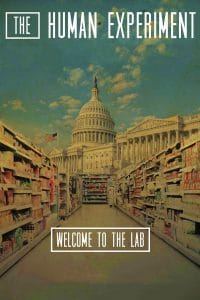
I highly recommend you see it if you get a chance, as it explains this concept.
Cosmetics and Cancer
The lack of appropriate standards for cosmetics has meant many manufacturers take advantage of and mislead consumers like you. They knowingly add ingredients into cosmetics and cancer is known to be caused by these.
For example, a successful class action by women worldwide was won against Johnson and Johnson as they had asbestos and other ingredients in their talc product, which was shown to be linked to ovarian cancer and they were ordered to pay $6.32 billion (AUD).
You may not know many companies add ingredients such as diethanolamine (DEA), monoethanolamine (MEA), and triethanolamine (TEA), all of which are hormone-disrupting and known for causing CANCER.
Look out for these TOXIC Chemical Ingredients listed on your Personal Care Products:
- Cocamide DEA,

- Cocamide MEA,
- DEA-Cetyl Phosphate,
- DEA Oleth-3 Phosphate,
- Lauramide DEA,
- Linoleamide MEA,
- Myristamide DEA,
- Oleamide DEA,
- Stearamide MEA,
- TEA-Lauryl Sulfate, and
- Triethanolamine.
Many people like you find it difficult to remember all these long chemical names when shopping, which is totally understandable! I do too and I am always on the lookout for toxic ingredients to avoid for years.
Perfumes
Perfumes actually don’t provide the Material Safety Data Sheets (MSDS)s, which is a document that lists the long number of hormone-disrupting ingredients in these products, sighting ‘company confidentiality’.
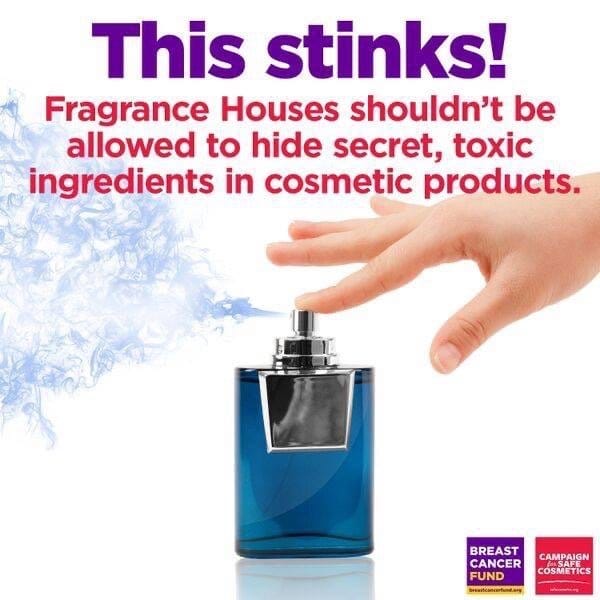
Did you know that some lipsticks contain LEAD? Lead causes brain damage.
Many of the ingredients found in cosmetics are also used in industrial manufacturing processes. Processes such as cleaning industrial equipment, stabilising pesticides and greasing equipment. An ingredient that effectively scours a garage floor is probably not the best choice for our daily facial cleanser!
The standards required to prepare a cosmetic for sale are simply not stringent enough.
Around the world, major loopholes in our laws, allow the cosmetic industry to put thousands of synthetic untested chemicals into our personal care products. Effectively a cocktail of toxic cosmetics and cancer can follow. At the same time as these chemicals are being steadily introduced into our environment. The incidence of cancer, infertility and birth defects has risen dramatically, which is not surprising when you understand the link between cosmetics and cancer.
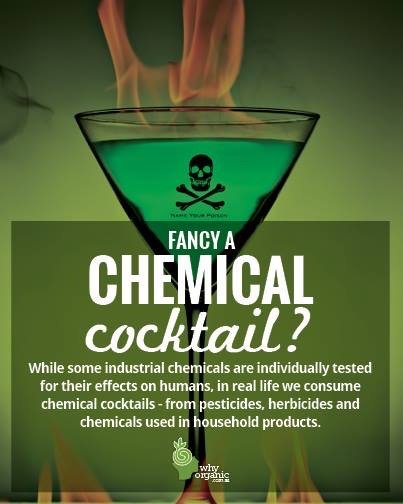
But surely these products are being tested before being released into the market, you would think?
Use of the words ‘clinically’ tested
People like you believe that cosmetics must be ‘clinically’ tested. Unfortunately, that is not true. The word ‘clinically’ has no regulation or meaning if not related to a controlled human clinical trial, which is detailed in the International ICH-GCP guidelines. This guideline was developed when thalidomide was found to cause birth defects when given to pregnant women in the 1950s.
Clinical testing is now required for new drugs to make sure they are safe, but cosmetics aren’t considered drugs and not enough people understand the dangers on their health to demand changes in our laws.
Marketing is not Science so don’t pretend it is
Often this loophole is exploited by the cosmetic industry by doing their ‘tests’ on very small numbers and maybe only once, which is not scientific. Most of these people, women usually as it is their ‘target market’, and are given free product or paid for their opinions.
For example, if just ten FREE samples of products are given, they then can ask these women if they ‘like’ them, even after just a few days of use.
Typically, popular supermodels or actresses are paid for their endorsement; these women will say they “love it”. Even they like extra dollars. The company then proudly quotes:
9 out of 10 women think product ‘X’ is better than anything they have used before!
Compared to the testing and standards of food, or even the vilified pharmaceutical (drug) industry, these methods are clearly unsatisfactory.
To call this ‘clinical testing’ based on survey results of people who are not compared to a control group or placebo, who are paid or gifted product, is effectively ‘buying a result’, and is misleading and unscientific. However, they make it sound like it has been properly tested.
Look out for the use of the words ‘clinically tested’. Now that you know, you most likely will see these words all over cosmetic packets and advertising when you look.
Not tested before sold in Supermarkets
What you don’t realise is the products on supermarket shelves (e.g. cosmetics, cleaning & gardening products etc.), are not required to be tested for safety BEFORE they are put on the market. What this means you have a deadly experimental chemical cocktail in your home. This is what the documentary movie, The Human Experiment, explains.
Innocent until proven guilty is NOT GOOD ENOUGH!
Use of the words ‘natural’ and ‘organic’ or ‘organic ingredients’
Manufacturers have often managed to label their products as ‘natural’ or ‘organic’ or contain ‘organic ingredients’ because the current rules enable them to do so and consumers don’t realise that these words are meaningless unless they are certified and carry the certified logo (see below).
Many famous companies use the words ‘natural’ and ‘organic ingredients’ as if it were to mean their products were safe. I walked into a large cosmetics company a few years ago, that originated in the UK, in Bourke St Mall in Melbourne, I asked to see their MSDSs for their ‘natural’ products, my mind boggled at the long list of toxics in those products. I have never been in that shop since.
How to avoid these traps of cosmetics and cancer related ingredients if you know?
Buying ‘CERTIFIED ORGANIC’ IS THE ANSWER to get around this misleading labelling!
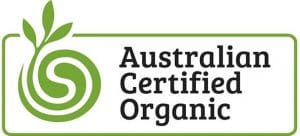
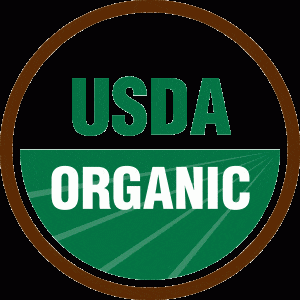
The BEST way you can be assured that you are purchasing genuine organic products, free of synthetic chemicals, is to purchase products which have been Certified as organic. They carry the logos from a leading independent certifying body such as:
- ACO (Australian Certified Organic),
- BFA (Biological Farmers of Australia),
- USDA (US Department of Agriculture), or
- IFOAM (International Federation of Organic Agriculture Movements).
Sure, they may cost a little more, because of the extra documents and processes to get products certified with these labels/logos. However these certifications guarantee the raw ingredients are not known toxics and the processes used to make the products don’t add toxics in.
As an asthmatic, I find that most non-certified products cause me to experience headaches, wheeze or have migraines, skin sensitivity, and ‘puffy’ eyes.
What if you can’t remember toxics, find or afford a certified organic product?
To make things easier so you don’t need to remember the names of the toxics you can use an App. There are some non-certified organic products that have fewer toxic ingredients, they have been independently assessed through the THINK DIRTY App and database. The THINK DIRTY App is an independent database which contains over 1 million products and gives product a rating out of 10. I find it very easy to use. A score of 10 is very toxic and contains known cancer-causing and allergenic ingredients and 0 is very good and contains no known toxic ingredients, a score under 5 is considered to be good.
This is a great App to use when shopping.
You may be curious to know what you have been using and check what you already have. I know when I first did this over 10 years ago, I threw out a whole ‘wheelie bin’ of toxic products, some which had even made the paint in my cosmetic cupboard bubble and peel!!
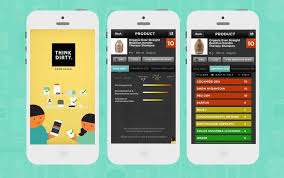
Better Professional Hair and Beauty Care
When I was a University undergraduate in Sydney, I used to get a ‘perm’, don’t laugh! One time I was having the chemicals applied to my hair and the smell and fumes were so strong I fainted and fell on the floor of the hair salon. I have also experienced burning of my scalp when hairdresser’s applied ammonia and other chemicals to my head/hair many times. I didn’t know back then that cosmetics and cancer were linked, but my body was giving me hints and red flags!
I’ve been going to a Melbourne hair salon now, for over 8 years, that uses no ammonia, avoids parabens and other toxic ingredients. They use a range of plant-based, non-toxic colour products. I also use a hair-care range that scores under 5 on the THINK DIRTY App.
Due to the ingredients in our products we experience less irritation of the skin on our hands now, compared to other salons we have worked at in the past.
Kathy, hairdresser @ 52 Hair Co (Hairdresser for more than 20 years).
Dr Rachel Suggestions:
- Buy certified organic whenever possible,
- Use the THINK Dirty App before buying, and
- Go to beauty salons that use products that are non-toxic and score low on the THINK DIRTY App.
I have been interested in this topic for decades, I started making my own cosmetics as a teenager as I love Chemistry and I used to make my own face masks etc. Please know there are many great products out there, you just need to do your research and check your ingredients.
Here are the THINK DIRTY scores for the products I use.
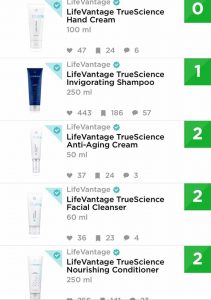
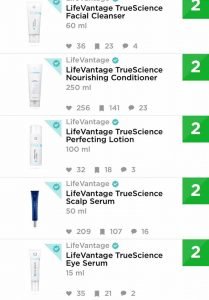
Click here to order the skin or hair care I use myself.
Visit the environment page to find out more ways to help improve your home environment to support your health.
Please share this information if you think it might help others and awareness is key.
You might be able to tell I am very passionate about this topic as I believe it is important to make informed choice about things that impact our health.
Yours in good health,
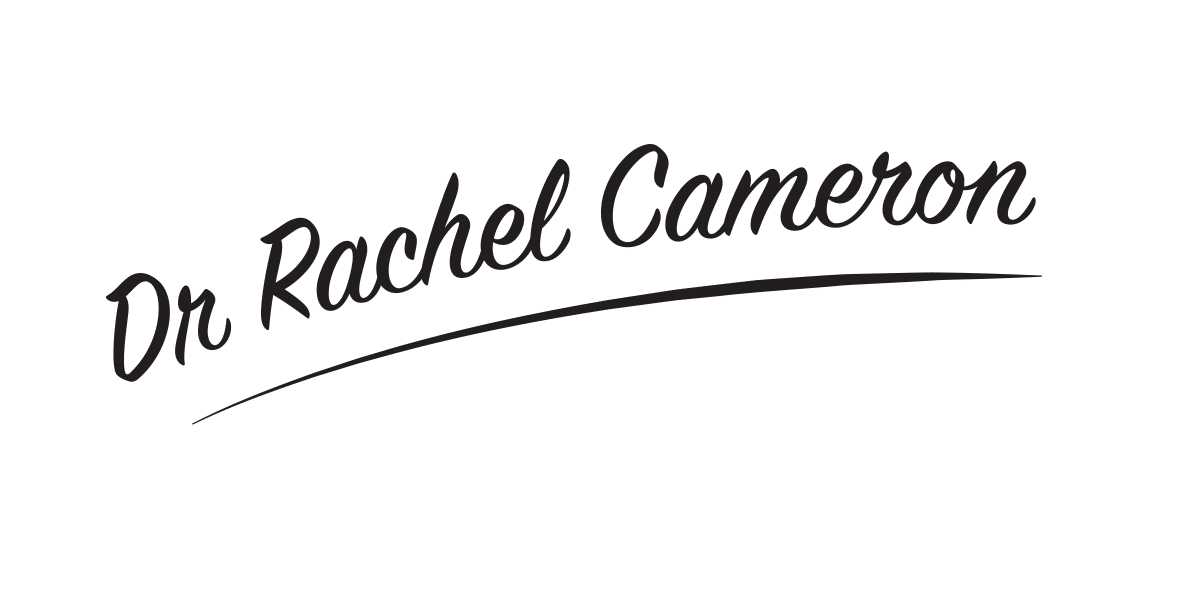
References
Rehman W. et al., Ther Ad Hemat, 2011: 2(5); 291-308
Casey R. et al., Mo Med, 2019: 116(2): 83–86
J&J Class Action Talc – $6.32 billion pay-out
Australian Standard – Certified Organic (ASO)
USDA (US Department of Agriculture) Organic Standard
IFOAM (International Federation of Organic Agriculture Movements)
